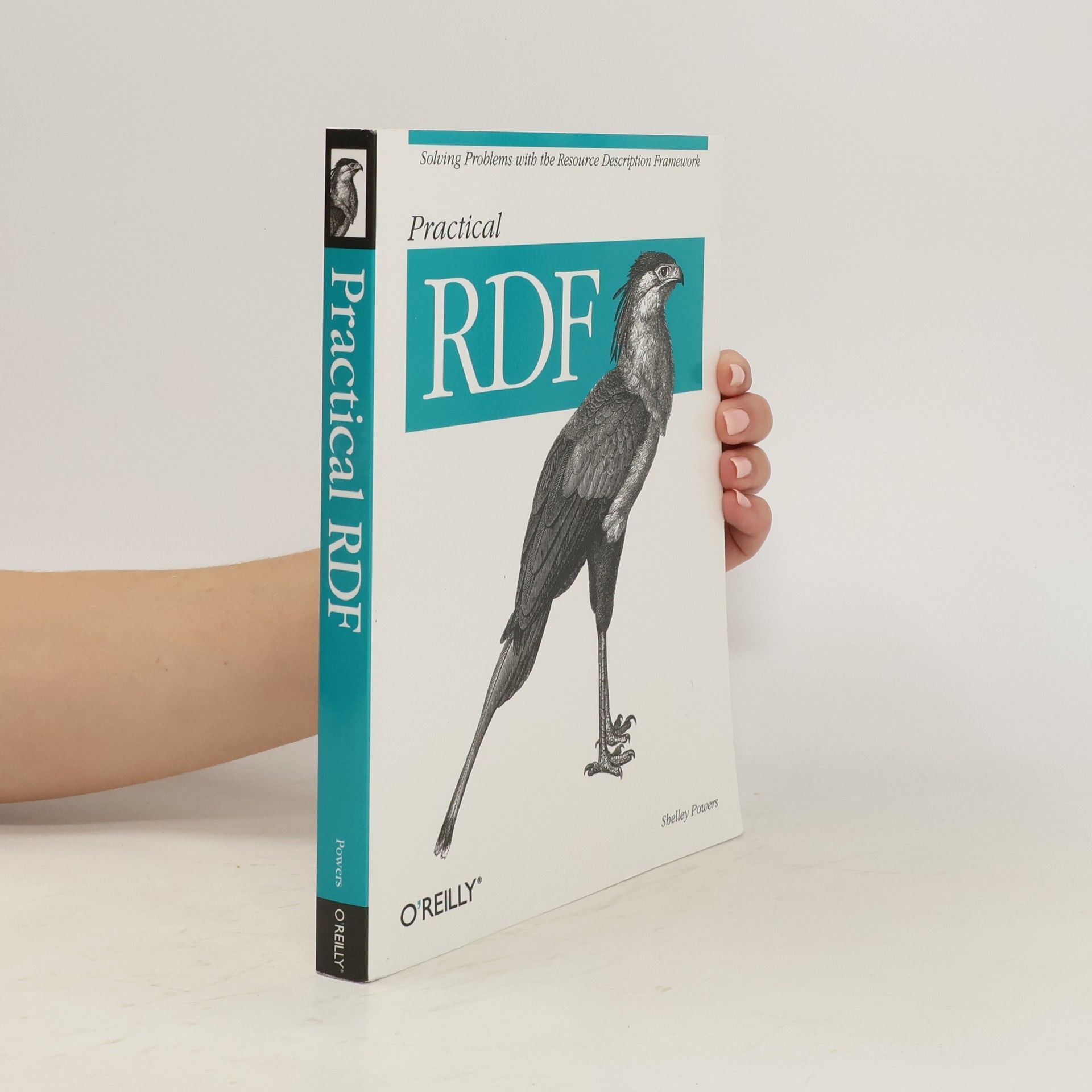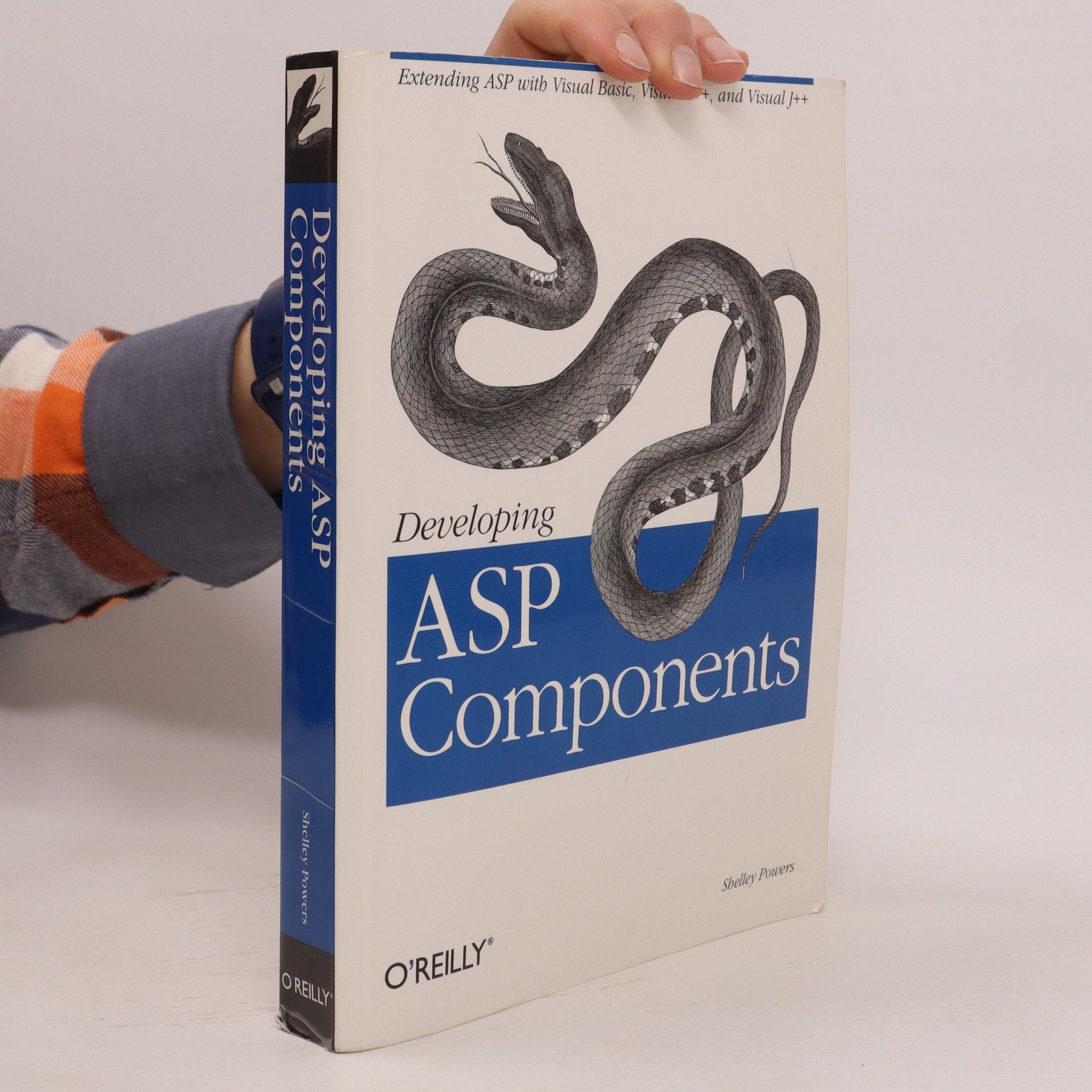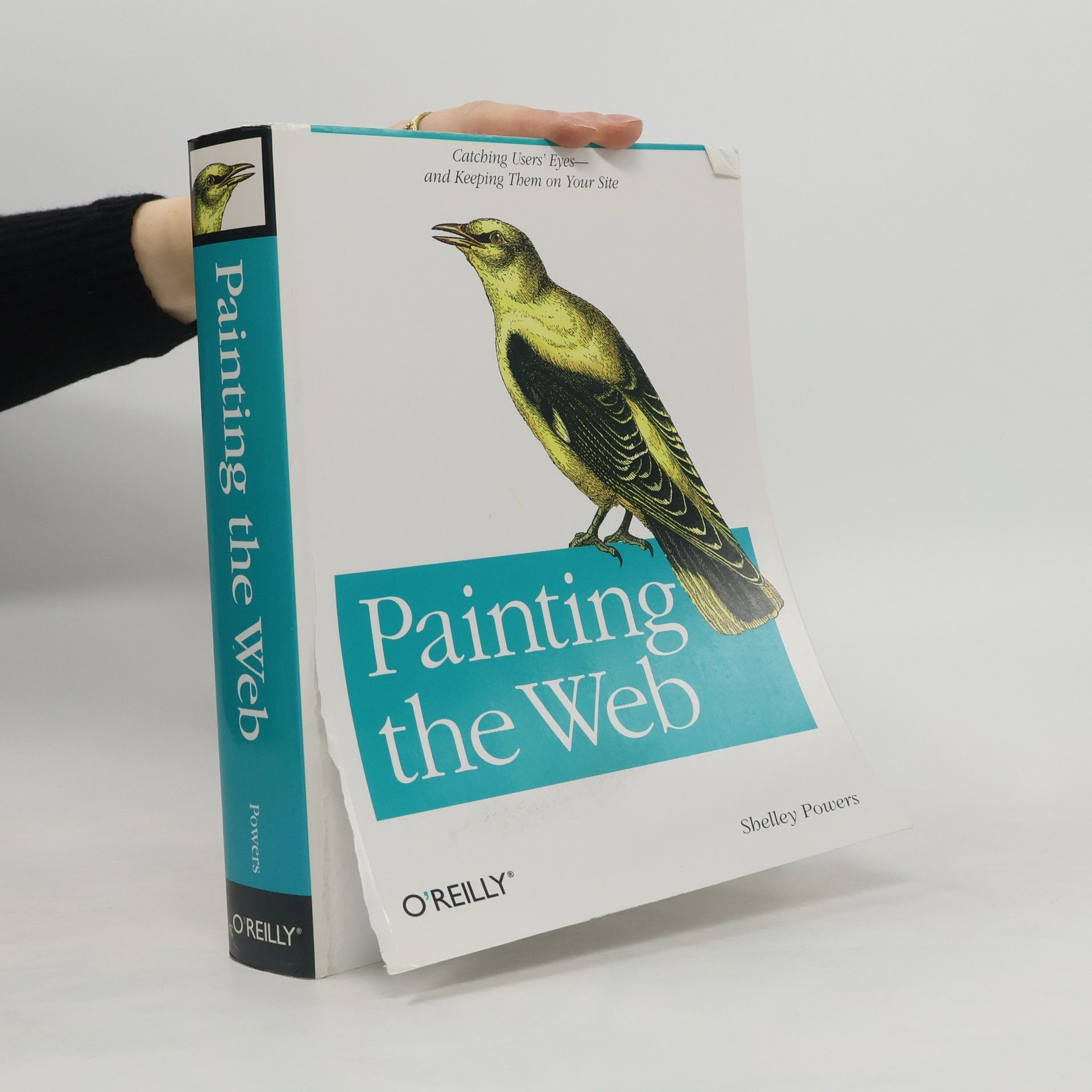UNIX Power Tools
- 1119 Seiten
- 40 Lesestunden
UNIX documentation typically comes in one of two flavors: at one extreme, light and fluffy books that assume you are a terrified PC user who needs to learn enough UNIX to get by at work, or massive and obscure tomes written for gurus, and indistinguishable from the most incomprehensible man pages. This UNIX book, in contrast, assumes that you are basically a competent and intelligent individual, and that you are sufficiently secure in your self-image at work that you simply want to get things done, simply, by taking advantage of the real power of UNIX without having to learn "man-speak". It doesn't skimp on clear introductions and overviews, but the focus of the book is on practical examples of the most useful UNIX commands and utilities. A minor quibble: the enclosed CD-ROM is a bit heavy with utilities and packages that are probably already resident on your UNIX system (like Perl, Emacs, pbmplus), but it does contain scripts that are used throughout the book and that you'd probably rather not type in. Highly recommended for anyone who really wants to use UNIX, and not just cower or pose.



